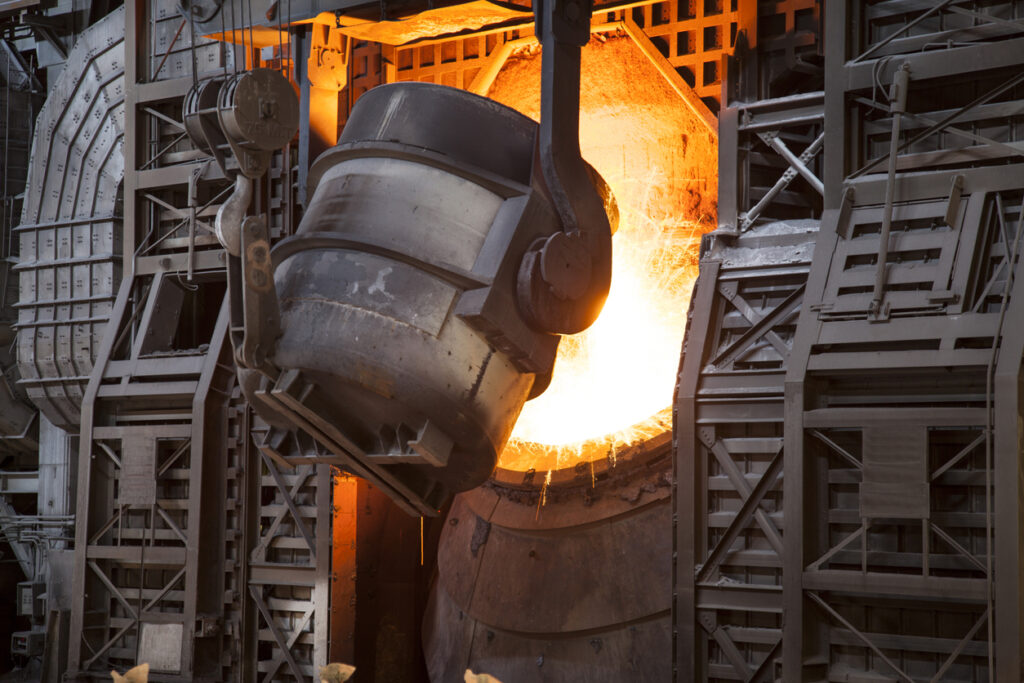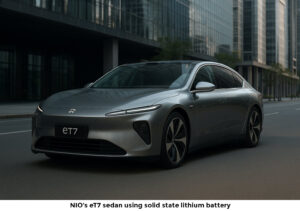Will metallurgical coal suffer the same fate as its cousin, thermal coal?
There’s hardly a month that goes by without a setback to the thermal coal industry whether it’s a country announcing a phase-out date (Germany, 2030), new mine being scuttled (Bylong Valley, Australia); or a coal-burning power plant being shut down or in the process of switching to zero-emission ammonia (Hekinan power station, Japan).
These are happening for a good reason as the world is moving inexorably toward a new era of unlimited clean energy from renewable power, nuclear, hydro and fusion.
Like thermal coal, metallurgical coal, essential in the making of steel, releases a lot of carbon dioxide into the atmosphere. The steel industry, collectively, is responsible for about eight to ten percent of global carbon dioxide emission. As such, steelmakers worldwide are under pressure to reduce their carbon footprint.
The big producers of met coal have seen the writing on the wall and have acted accordingly. Consider the following:
- A few months earlier, in a joint statement at the end of COP 26 Conference, Britain, the U.S, India, China and the European Union will strive to boost the production of near-zero emission steel by 2030.
- BHP Group Limited, the world’s biggest diversified miner, has divested its entire met coal portfolio. This followed on the heels of its earlier divestment of thermal coal.
- Vale S.A, too, has exited its coal business.
- And now Teck Resources is unofficially searching for a buyer of its met coal division in a transaction that could be worth as much as $8 billion.
You can’t blame these big miners for doing what they did. While prices for metallurgical and thermal coal may be high right now, the long-term consumption demand doesn’t look good.
THE OTHER SIDE OF THE EQUATION: CLEAN STEEL’S RAPID PROGRESS
It was telling that even before BHP divested its portfolio, it was already collaborating with its customers such as China’s Baowu Steel, Japan’s JFE Steel, South Korea’s POSCO on emission reduction initiatives.
Green steel can be produced by replacing the met coal in the blast furnace with green hydrogen. The other method is to zap the iron ore with renewable power in an electric arc furnace.
The main impediment to widespread adoption of green steel-making plants is the cost of green hydrogen. But as more green hydrogen is produced, its cost will come down in a way similar to electric vehicle batteries. There is currently about $1 trillion in green hydrogen projects planned or committed in various phases around the world.
According to the Hydrogen Council, ninety countries representing 80% of the world’s GDP, have committed to net zero targets. Against this backdrop, numerous steel plants worldwide are actively decarbonizing. Some examples:
- Swedish steel producers are at the forefront of the transition. SSAB, for example, has delivered the world’s first fossil-free steel to the Volvo Group. In a related move, SSAB reportedly is investing $4.8 billion to transform its two steel plants in Sweden and Finland into mills using electric arc furnaces.
- In Canada, Algoma and Dofasco are transitioning toward new steel making process that doesn’t require met coal.
- In Austria, the world’s largest zero-emission hydrogen steel plant will be in operation this year. This plant produces 225,000 tonnes of steel a year.
- In Australia, iron ore magnate Andrew Forrest is building two pilot plants that will produce steel with a) green hydrogen; and b) with just renewable energy. Mr. Forrest has ambitions to start a green steel industry in Australia produced entirely with green hydrogen and renewable energy within this decade.
- In Germany, ArcelorMittal already has a pilot hydrogen steel plant in Germany. Other German steelmakers such as Thyssenkrupp are making similar investments in new technology to reduce carbon dioxide emissions.
OUTLOOK
The world’s biggest producer of steel is China which still relies heavily on blast furnace technology which require met coal and iron ore as raw inputs. The vast majority of steel produced there is not green. The average age of the blast furnaces in China is 12 years, thus making it more expensive to switch to a climate-friendly way of making steel.
Chinese steel mills reportedly are responsible for 15% of China’s carbon dioxide emissions. And therein lies China’s challenge. If it wants its exports to be allowed into Europe and the U.S in the future, it will have to lower their carbon footprint significantly.
For example, the United States and Europe are negotiating a trade pact on steel and aluminum, expected to be concluded by 2024. The essence of the arrangement is to restrict access to the vast European and U.S markets for dirty steel.
Separately, the European Union will be imposing a carbon tariff on products produced with high level of carbon emissions. Among these are aluminum and steel from China which are made primarily from dirty fossil fuel.
Chinese steel mills are looking down the road and are embracing green initiatives, too. Will they be able to move as fast as their European or Japanese counterparts? The answer is an unequivocal no. Expect to see more trade frictions between China and Europe in 2025.
The world is in an inexorable transition toward green energy brought about through a confluence of increasingly severe climate disasters, constantly improving, if not highly disruptive, green technologies such as fusion, and rising consciousness on a global scale. The dynamic at work here will idle a lot more coal-powered plants outside China and steadily reduce the overall consumption of met coal.
In the context of a world moving toward decarbonization in all directions, it is savvy of Teck to get out of metallurgical coal now. It will be most interesting when a transaction is announced to find out who the buyer and what the price will be.









